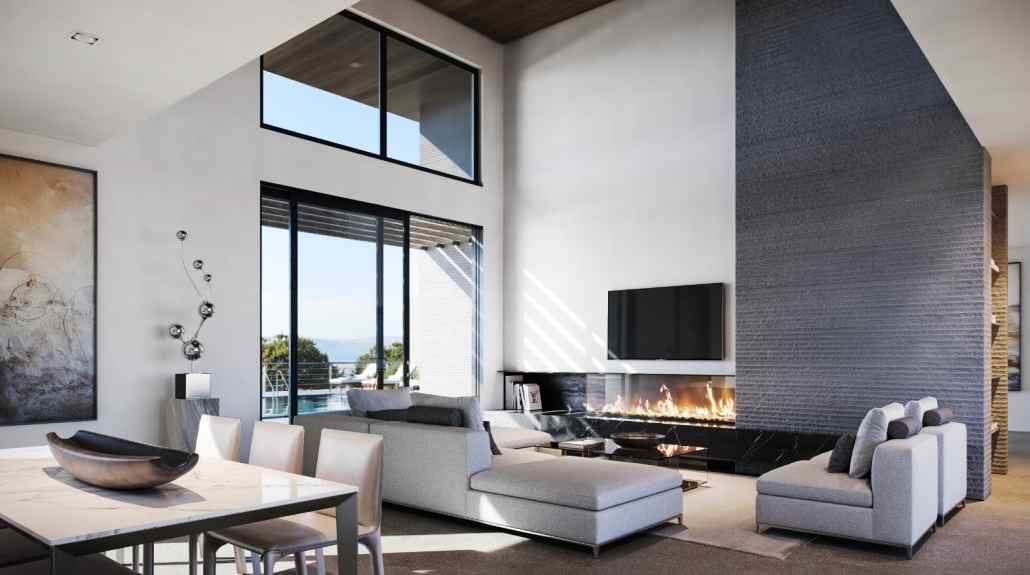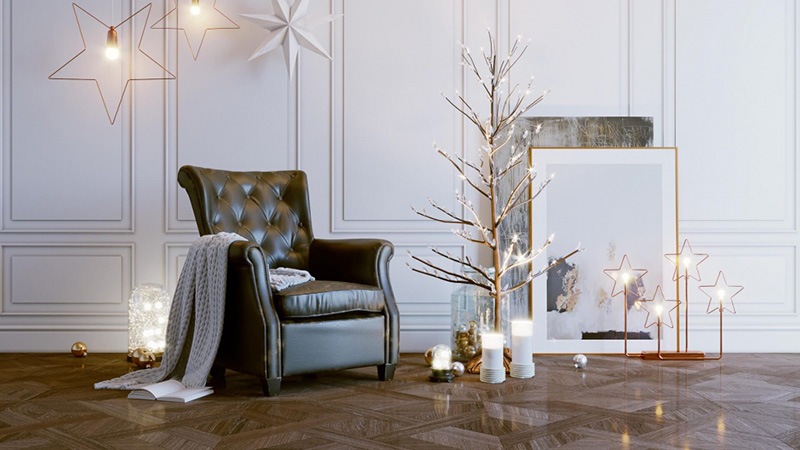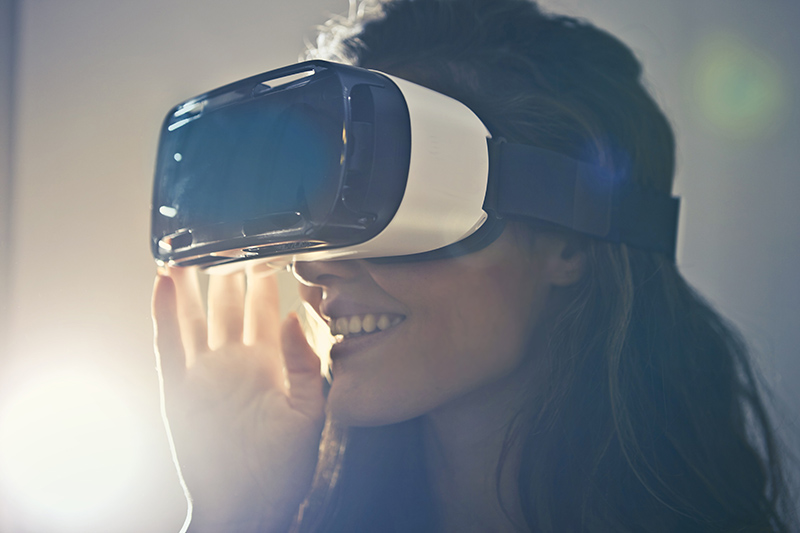3D Rendered Furniture vs Photographed Furniture
What Looks Better
When it comes to product presentation and promo campaigns, marketers and manufacturers are faced with a classic question — how to get jaw-dropping images – using photography or 3D? In short, there’s a long-standing clash of the titans on what is better — 3D rendered furniture vs photographed furniture.
Surely, only top-quality photorealistic product pictures deserve the trust of customers and catch their attention. But traditional photo sets are expensive — you need to build a prototype first, then rent a studio with all equipment, hire stylists, movers, a photographer, and so on. Of course, spending the entire project budget on just visuals is not an option for marketers. To build an effective marketing campaign they have to invest more in promo and ads, and yet use high-quality imagery.
Moreover, a successful promo requires tons of various visuals — static images of furniture in all designs, product photos on a white background and lifestyles, as well as animation and other motion solutions for e-stores, SMM, online ads, etc.
Traditional photography is not so versatile in usage, especially in terms of motion solutions — it’s totally a stamping ground of 3D. On the other hand, there’s a risk that 3D visualization won’t look 100% realistic as photos. So, 3D rendered furniture vs photographed furniture — what works better? Let’s compare both options by 5 key parameters to find out.
#1. Showcasing Furniture Quality

Obviously, traditional photography conveys the quality of objects realistically. With 3D technology, the level of quality could be different — it depends on 3D artists’ skills in 3D modeling. 3D specialists from a well-reputed 3D studio can build a 100% photorealistic model that will be indistinguishable from photos. First-class 3D visualization conveys smooth metal surfaces, quality wooden textures, soft fabrics with all seams exactly the way photography does.
Therefore, when it comes to quality and detailing, the 3D rendered furniture vs photographed furniture competition makes no sense — they both look quite similar. As a result, most likely buyers won’t be able to tell 3D renders and photos apart, so marketers can breathe a sigh of relief and focus on choosing a budget-friendly option.
#2. Enhancing Realism

One of the key arguments in this 3D rendered furniture vs photographed furniture battle is realism. Some still believe that since the photo is a picture of existing objects and 3D is about digital shots of 3D models, then 3D won’t be able to compare with photography in realism.
However, even a traditional photo session still requires an artificial construction of the scene — backdrop selection and installation, light and camera adjustments, etc. Therefore, even a nice lifestyle can be ruined if done by a photographer who is not skilled enough. At the end of the day, the cost of making traditional lifestyle shots for furniture includes hours of studio work, rental of light and photo equipment, building various sets, buying additional decor, hiring transport — the list goes on and on. And just imagining all that being screwed up by some amateur photographer sends chills down the spine.
The principle of shooting 3D rendered furniture in 3D software is very similar to a regular photo set, which may sound odd. In reality, after a top-quality 3D model is ready, 3D artists set up lighting and choose the best camera angles, just like for a traditional photo session. Moreover, as we mentioned before, if done professionally, the product 3D model will look absolutely photorealistic, the same as with photographed furniture.
In addition, with 3D software, 3D artists can easily switch lighting from day to evening mode to incorporate a different atmosphere. To add even more realism and liveliness to pictures, they can put people or pets into the scene, using post-processing soft. To sum up, 3D rendered furniture lifestyles look 100% realistic but are less time and money-consuming than photographed ones.
#3. Boosting Creativity

To show the product in all its glory, marketers need to push the boundaries of their creativity to the limit and find new ways to present goods. One of the most popular and yet effective solutions is to showcase the same furniture piece in several contexts i.e in different scenes. Let’s say, the same table could perfectly fit in the large office or in a home study and even serve as a dining table. Another nice idea is to choose surprising creative angles that will definitely catch buyers’ attention.
Trying those tips with photographed furniture is possible — let’s not forget that it was the only way to get pictures just a few decades ago. However, to collect several physical lifestyles and build a scene requires a large team of stylists, assistants, movers and so on. And, of course, plenty of time and money for a rearrangement and re-decor the whole set after each shot. Ultimately, the photo shooting of 2-3 creative scenes can be compared with the cost of a whole minimalistic catalog made with 3D.
Using 3D software, the whole process goes much faster and saves tons of money. First, one doesn’t need to rent a photo studio or even leave the room to shoot a product indoor or outdoor. Various 3D scenes can be done by one or a couple of 3D artists and changed in a few minutes without extra effort. Secondly, 3D experts can even go further and use ready-made scenes that already have additional 3D rendered furniture and decor. Every far-sighted 3D studio has its library of 3D scenes and their usage significantly accelerates the workflow.
As for choosing creative angles, CG is unlimited. 3D artists can put cameras in any place they want to shoot the furniture from the most extravagant angles that are not available for a photographer. For instance, raise cameras up to shoot from the ceiling, lower them close to the floor, or even take a sectional cut for 3D rendered furniture if needed.
#4. Showing Product in Action
When buying in e-stores or choosing goods from a catalog on the manufacturer’s website, buyers need to see how items work. This is especially important for folding furniture or furniture pieces that customers can combine to create various sets. In such cases, only 3D animation and a 360 product view can clearly demonstrate how convenient and useful the product is.
Creating a 360 view from photographed furniture is possible but very burdensome and time-consuming. Particularly, one needs to make a sample and bring it to the studio, and then take from 100 to 300 pictures so that the final 360 view will work smoothly. As for 3D animation, obviously, it’s impossible with static photographed items, thus, you still have to use 3D technology anyway.
Using a 3D rendered furniture model, it’s much easier to create motion solutions. After 3D artists made one 3D model, they can set the lights, cameras and take as many pictures as needed in the same 3D software in one turn. To make 3D animation, 3D experts can build a scene of 3D models from scratch or even use ready-made sets — and then create a camera scenario, as well as different transitions between shots.
#5. Immersing Customers in Virtual and Augmented Reality

Virtual and augmented reality technologies are the most convincing way of presenting goods to customers both in online and brick-and-mortar stores. Using VR and AR in various applications, customers can examine the object, try different colors and materials. Moreover, such options allow not only playing with the design of the product itself but also putting it into a realistic environment using various backgrounds and rooms.
3D rendered furniture is great for these types of services. Usually, these are shopping apps where you can put a piece of furniture in any ready-made roomset to try several interior designs with the same furniture piece. Moreover, some brands develop apps where customers can even create their own designs from scratch by choosing upholstery, knobs and details from the catalog.
In 3D rendered furniture vs photographed furniture competition for VR and AR, photography definitely fails. To create a new 3D reality, 2D photos are simply not enough so you have to use 3D technology anyway.
At the end of this epic battle of 3D rendered furniture vs photographed furniture, it becomes clear that they both could look stunning and equally realistic. However, 3D imagery is much more flexible and multipurpose option — having only one quality 3D model, 3D artists can create tons of static and motion visuals based on it. Using special 3D soft, they can make product photos on a white background, lifestyle shots, a 360 view, animation, and so on.
Of course, traditional photography doesn’t provide such a wide range of options and still requires ordering prototypes, transport, renting a studio with equipment, etc. Therefore, to get top-notch furniture visuals and save money at the same time one must definitely try 3D imagery.
Want to get mind-blowing visuals for furniture? Contact us for 3D modeling services and we’ll make photorealistic 3D renderings for both static and motion solutions!


Leave a Reply
Want to join the discussion?Feel free to contribute!